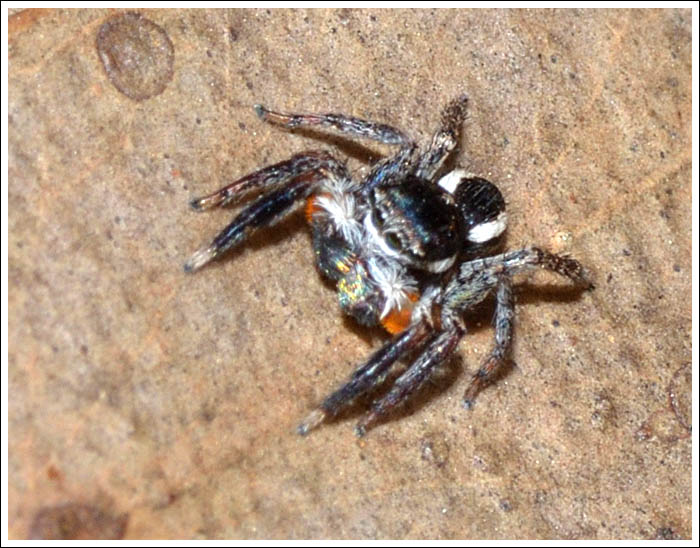A wander to see how the bush block has responded to the winter rain, after a very disappointing dry previous season. It was immediately apparent that things were much better, with low vegetation like Platysace, Hibbertia, and Stypandra looking fresh and green, and orchids, especially Caladenia catenata, in large numbers, making up for lost time.
Caladenia fuscata.
Caladenia catenata.
Glossodia major.
Judging by the number of Flying Duck orchids, Caleana major discovered in bud, they are going to have a very good season too. A small colony of Paracaleana minor was also showing at the base of a large stringy where they have been observed for some years.
The litter beneath the trees along a track is habitat for Maratus plumosus, after much searching one tiny male was sighted briefly before it jumped away giving no photo opportunity. A Jotus auripes was a consolation prize, even though it was very wary and would not allow the camera close enough for a detailed shot.

Another, probably a female Maratus plumosus was much more cooperative.
As was a large March Fly trying to extract nourishment from leather footwear.
The wander concluded with an Olive-backed Oriole calling from a nearby tree, and the promise of many more photographic opportunities as spring progresses.
Most images will enlarge.













